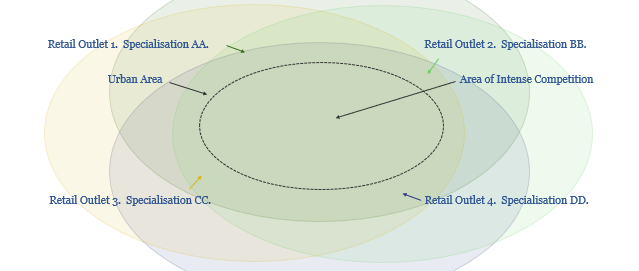Small, autonomous, electric delivery vehicles are emerging. They are game-changers: rapidly delivering online purchases to customers, creating vast new economic possibilities, but also driving the energy transition. Their ascent could eliminate 500MTpa of CO2, 3.5Mboed of fossil fuels and c$3trn pa of consumer spending across the OECD. The mechanism is a re-shaping of urban consumption habits, retail and manufacturing. The opportunities are outlined in our new, 20-page report.
The average US consumer buys 2.5 tons of goods per year, served by a vast distribution network of ships, trucks and smaller vehicles, collectively responsible for 1.5 barrels of oil, $1,000 of cost and 600kg of CO2 per person per annum (page 2).
Fuel economy currently deteriorates, with each step closer to the consumer. Container ships achieve c900 ton-miles per gallon of fuel. But delivery vans, the dominant delivery mechanism for internet purchases, are least efficient, achieving just 0.02 effective ton-mpg and costing at least $3.6 per delivery (page 3).
The rise of e-commerce has already increased supply chain CO2 by c30%, and supply chain costs by 2x since the pre-internet era. On today’s technologies, CO2 will rise another 20% and cost will rise another 50% by 2030, adding 0.7Mbpd of oil demand, 120MTpa of CO2 and $500bn of cost across the OECD (pages 4-5)
Drones and droids are 90-99% less energy intensive than delivery vans, and 70-97% less costly. The technology is maturing. Thus small, autonomous, electric vehicles will move immediately, efficiently, straight to their destination (pages 6-8).
Retail and manufacturing will have be transformed by the time drones approach 50% market share in last-mile delivery. Tipping-point economies-of-scale mean that they will take market share away from cars and delivery vans very rapidly (pages 9-10).
The second half of the report focuses in on the opportunities. Retail businesses must consolidate, specialise or diversify to “sharing” models. The latter can save $1trn of consumer spending and 100MTpa of emissions in the US alone (pages 11-20).
